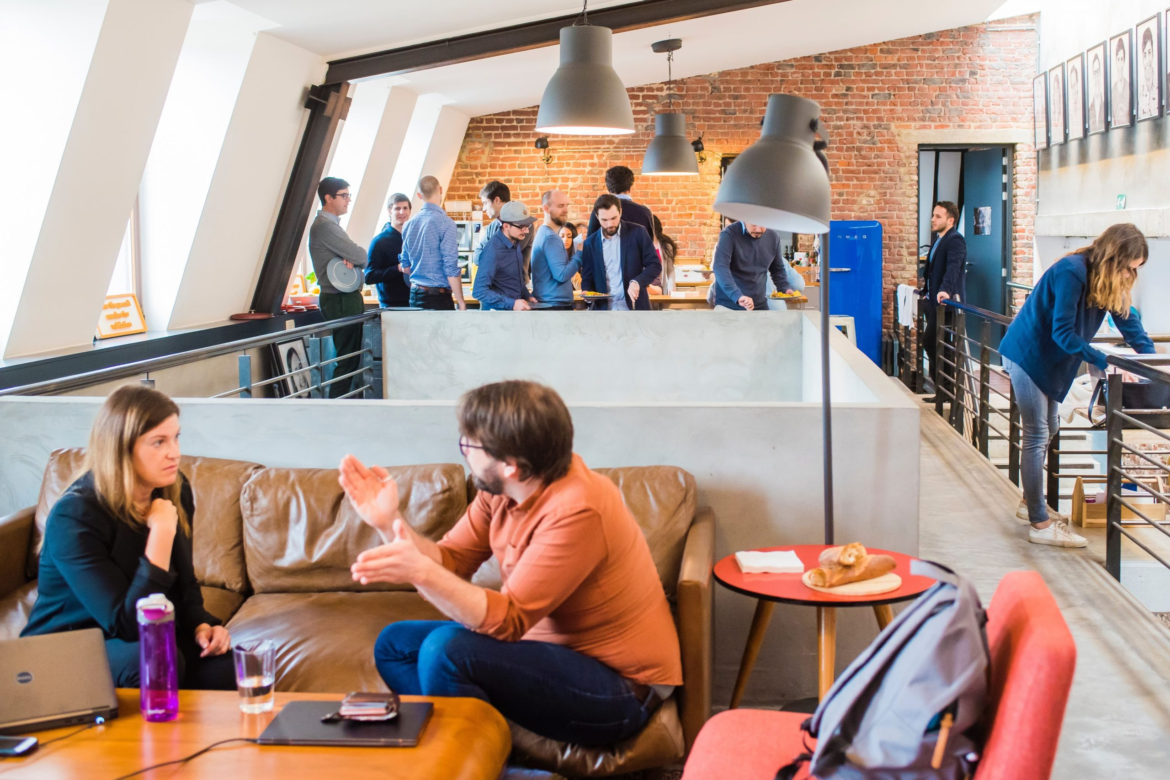In the dynamic landscape of modern work culture, the concept of shared cabins has emerged as a compelling solution for professionals seeking a balance between privacy and collaboration. As the workforce becomes increasingly decentralized, coworking spaces have gained prominence as versatile environments fostering productivity, creativity, and networking opportunities. However, within these shared spaces, finding the perfect equilibrium between solitude and interaction remains a challenge. This article explores the nuances of navigating privacy and collaboration within shared cabins, empowering individuals and businesses to identify their niche and thrive in a communal workspace environment.
Understanding the Shared Cabin Concept:
Shared cabins represent a hybrid approach to workspace design, combining the individuality of private offices with the collaborative spirit of open-plan environments. Unlike traditional offices with fixed layouts, shared cabins offer flexible configurations tailored to the diverse needs of occupants. Whether utilized by freelancers, startups, or remote teams, these cabins provide a dedicated yet communal setting conducive to productivity and innovation.

The Importance of Privacy:
Privacy serves as a cornerstone of effective work environments, fostering concentration, confidentiality, and a sense of ownership. Within shared cabins, privacy manifests in various forms, ranging from physical barriers like partitions and soundproofing to digital security measures safeguarding sensitive information. By delineating personal space within a communal setting, individuals can minimize distractions and maximize productivity, ultimately enhancing their work experience.
Striking a Balance:
Achieving the ideal balance between privacy and collaboration necessitates thoughtful design and mindful utilization of shared cabins. Flexibility emerges as a key principle, allowing occupants to customize their workspace according to evolving needs and preferences. While privacy enhances focus and concentration, collaboration cultivates innovation and synergy, highlighting the symbiotic relationship between these seemingly contrasting elements.
Implementing Privacy Solutions:
To optimize privacy within shared cabins, several strategies can be employed. Modular furniture arrangements offer versatility, enabling occupants to adapt their workspace layout based on the task at hand. Additionally, acoustic treatments such as sound-absorbing panels and noise-canceling technology mitigate distractions, creating a tranquil environment conducive to deep work. Furthermore, incorporating privacy-enhancing amenities such as personal lockers and designated quiet zones empowers individuals to control their level of seclusion within the shared space.
Fostering Collaboration:
Despite the emphasis on privacy, shared cabins remain hubs of collaboration and community engagement. By fostering a culture of inclusivity and knowledge sharing, these spaces facilitate organic interactions and interdisciplinary collaboration. Shared amenities such as communal kitchens, lounge areas, and meeting rooms serve as catalysts for spontaneous exchanges and collaborative ventures, enriching the professional experience of occupants.
Embracing Diversity:
One of the defining characteristics of shared cabins is the diversity of occupants they attract. From solopreneurs and freelancers to small businesses and remote teams, these spaces cultivate a vibrant ecosystem of talent and expertise. Embracing this diversity fosters cross-pollination of ideas, encourages cultural exchange, and fuels innovation. By embracing inclusivity and celebrating individuality, shared cabins transcend traditional workplace paradigms, becoming hubs of creativity and collaboration.

The Role of Technology:
Technology plays a pivotal role in shaping the dynamics of shared cabins, facilitating seamless communication, resource sharing, and remote collaboration. Cloud-based productivity tools enable real-time collaboration among geographically dispersed teams, transcending physical boundaries and fostering a culture of connectivity. Additionally, IoT-enabled smart devices and integrated workspace management platforms streamline operations, enhancing efficiency and user experience within shared cabins.
Future Trends and Considerations:
As the landscape of work continues to evolve, shared cabins are poised to adapt to emerging trends and evolving needs. From sustainable design principles and wellness initiatives to hybrid work models and flexible leasing options, the future of shared workspace holds promise for innovation and growth. By staying attuned to market demands and leveraging technology advancements, shared cabins can remain agile and resilient in an ever-changing business landscape.
Conclusion:
In the journey of finding your niche within shared cabins, striking a harmonious balance between privacy and collaboration is paramount. By embracing flexibility, diversity, and technology, individuals and businesses can create a conducive workspace environment that fosters productivity, creativity, and community. Whether seeking solitude for deep work or seeking inspiration through collaboration, shared cabins offer a versatile platform for professionals to thrive and succeed in the modern work landscape

